Pumpkins are perennial plants of the Cucurbitaceae family. They have been used as a food product since the distant past. Archeological studies show that pumpkin was eaten as early as 3, 000 years ago and perhaps 5, 000 years ago. Pumpkin seeds were found in the tombs of Peruvian Indians and the inhabitants of Ancient Greece and Rome stored various liquids in dried pumpkin.
Wild pumpkins have been found in North Africa and it is assumed that the pumpkin grew in the area, from where it spread around the world. The pumpkin has rough, hairy and large leaves and during its growth it is covered with large flowers from yellow to orange. The fruit is quite large /2-9 kg/, and sometimes reaches gigantic sizes.
The pumpkin was brought to Europe from Mexico in the middle of the 16th century with the help of Spanish navigators. In America, early settlers used the pumpkin by cutting off the cap, hollowing out and removing the seeds, then filling it with milk, honey and spices and roasting it in hot ashes. The Indians roasted pumpkin slices over a fire.
Pumpkin has extremely valuable nutrients, dietary and taste qualities. There are so many different ways to prepare it that no other vegetable can compare to it. Among vegetables, pumpkin is the champion in iron, copper and fluorine content, contains potassium, calcium, manganese, zinc, cobalt, silicon. It is rich in pectin, sugars, vitamins C, E, B vitamins, carotene.
With its carotene content, it is even richer than carrots. The more orange or bright yellow the fleshy part of the pumpkin, the higher the carotene content in it. In addition, pumpkin is rich in dietary fiber, which is easily absorbed by the body. And finally - pumpkin is low in calories.
In terms of nutritional value, it is equal to potatoes. The flesh of the ripe fruit of the best varieties of pumpkins contains up to 10 percent sugars and up to 91 percent water. Cellulose is about 1 percent and acids are almost absent.
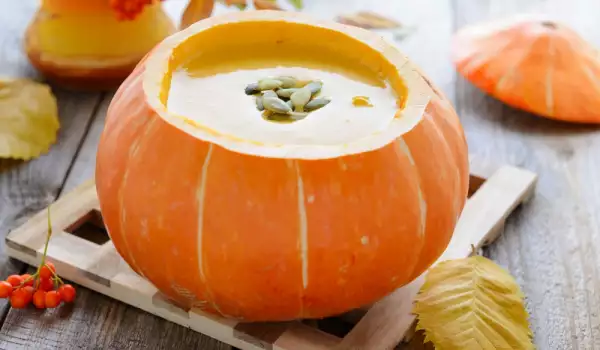
The greater content of potassium salts makes pumpkin a very suitable food for increasing diuresis in renal and cardiovascular diseases accompanied by edema.
Due to the slight acidity and gentle cellulose, it is a suitable product for diseases of the gastrointestinal tract and has a mild laxative effect. The large amount of pectin in pumpkin has a very beneficial effect on colon inflammation. Since pectin also helps to remove cholesterol from the body, pumpkin is very beneficial for atherosclerosis.
Thanks to the high content of potassium, pumpkin improves the heart, strengthens blood vessels and relieves swelling. Due to its low calorie content, it is suitable for overweight people. They can take 500 g of boiled or 300 g of roasted pumpkin per day.
Pumpkin is very good for people who suffer from anemia simply, because pumpkin contains all the minerals that are involved in the creation of blood, which are iron, cobalt, copper and zinc.
It is also good to know that pumpkin contains zinc salts, which means that it increases potency in men. In India, pumpkin is prized for its high amount of vitamin E, which is said to slow down aging.
The easy digestibility of pumpkin makes it particularly useful for recovery after a past illness and in elderly people.
Folk medicine recommends drinking 1 teacup of freshly squeezed raw pumpkin juice in the morning and evening on an empty stomach for a month and a half in case of diseases of the kidneys, liver and gallbladder.
For insomnia and restless sleep, drink a cup of pumpkin decoction with honey in the evening before going to bed as a sedative.
A spoonful of grated pumpkin helps with some eczema and burns.
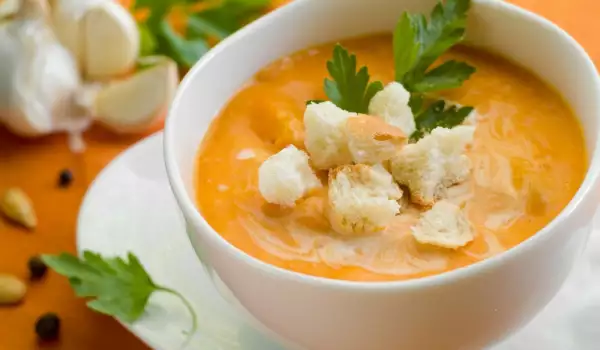
And in the autumn-winter season, when fresh fruit and vegetables are limited, pumpkin will wonderfully diversify our table, as it is used to prepare:
Pumpkin juice for stomach problems
Sugar is placed in the cavity of a carved out pumpkin. The pumpkin is covered with the cut part and covered with sealing dough. It is left that way for a week. Then it is opened and the juice is poured into a glass container. Store it in a cool place. Drink one teacup three times a day.
Folk medicine recommends this juice as a strengthening agent for the whole organism, especially the liver and stomach, for the treatment of exhausted people after long illnesses.
Pumpkin seeds against ulcers
The raw or dried seeds are peeled from the hard skin and pounded in a mortar. 300 g of seeds are mixed with about 2 tbsp. honey and eaten in the time frame of an hour.
Treatment of kidney stones
About 300 g of pumpkin seeds are mixed with 2 tbsp. honey, 80 g dried parsley, corn silk, juniper. The mixture is steamed with boiling water and left for a day. Drink 1/2 cup 3 times a day before meals.
Mask from boiled pumpkin for dry skin
2 tablespoons of boiled pumpkin are mixed with one tablespoon of olive oil (or another vegetable oil). The mixture is applied to the face, it is left for 20 minutes, then the face is washed with cold water.
Pumpkin is a great toner for all skin types. For this purpose, the pumpkin is finely grated, applied to the skin and left on the face for about 15-20 minutes, after which it is washed with water.
You can also make your favorite creme caramel with pumpkin.
Pumpkin Creme Caramel
pumpkin - 1 kg
sugar - 250 g
milk - 1 l
eggs - 7 pcs.
vanilla - 1 pc.
Method of preparation: Peel the pumpkin and cut into cubes. Boil it in a little water on low heat, until it softens.
Strain the water, place the boiled pieces in a glass pot, sprinkle with sugar and carefully pour the prepared crème caramel mixture /eggs, well beaten with sugar, are mixed with pre-boiled and cooled milk and vanilla/.
Cover the glass pot with the lid and bake in the oven, until it has thickened and browned.
Cool the baked dessert, cut it into pieces and serve in a plate.
Pumpkin can be stored for several months in a cool and dark place.
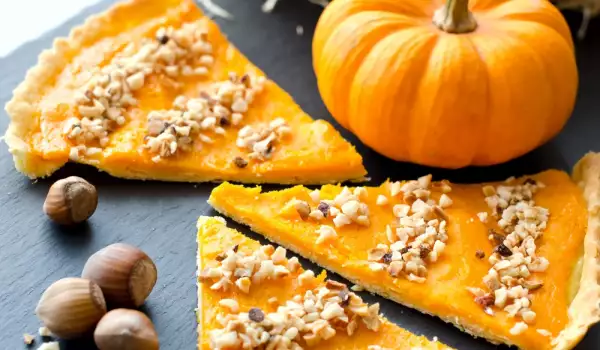
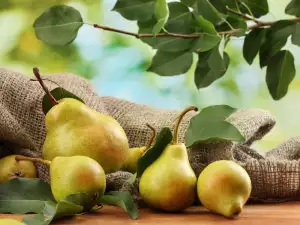


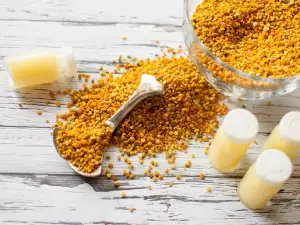


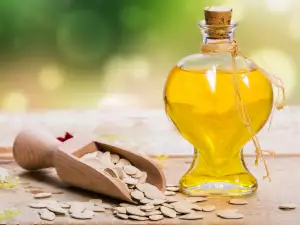
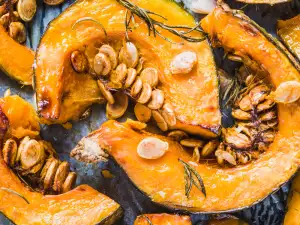
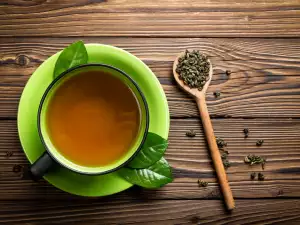
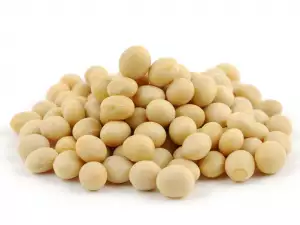
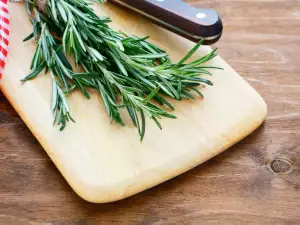


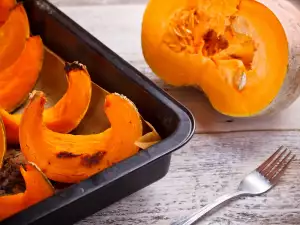
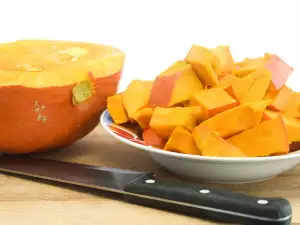




Comments